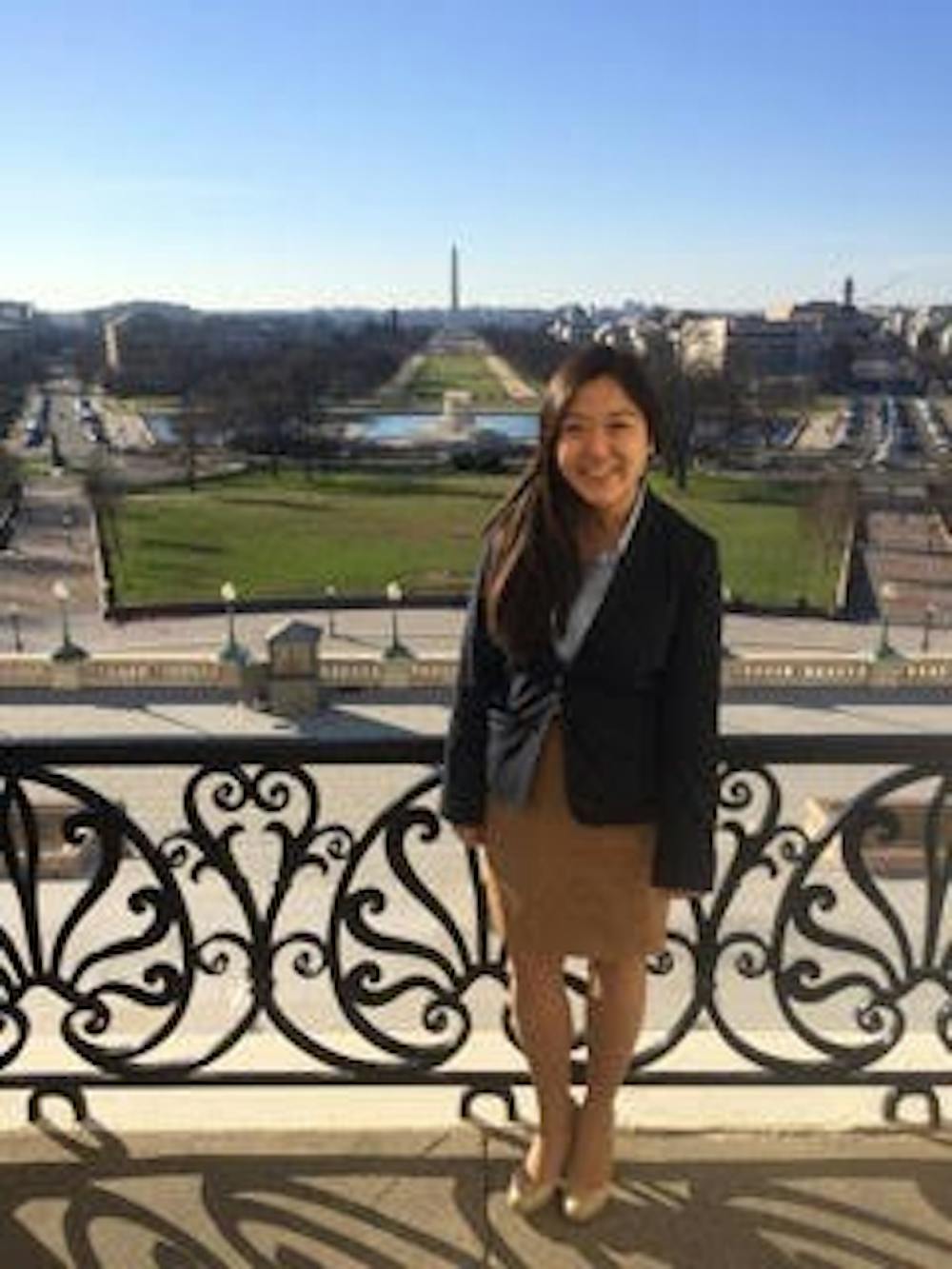Muriel Bowser, Mayor of D.C. and alumna of AU’s Masters of Public Policy Program, called for our nation’s capital to become a state in a speech in April of this year. Immediately, I was fully on board with the goal that she set forth. I thought it was completely unfair that we inhabitants of the District had to pay federal taxes and receive no true democratic representation in the legislative body. After all, isn’t “taxation without representation” the problem that this country fought to combat in the first place? As we are coming up on celebrating the independence of our country, it is the perfect time to consider the less-than-democratic system under which our city of residence operates.
When I first heard of the D.C. Statehood movement, I, like many other Americans, wrongly assumed that the new state of “New Columbia” would automatically include the entirety of D.C. However, it has recently been brought to my attention that this is not in fact the case. As the leaders of this movement are certainly aware, the text of Article I Section VIII and the 23rd Amendment specifically stipulate the nation’s capital as one that is as de-politicized as possible, allowing for the national government’s business to take precedent over local politics.
Put simply, the writers of the constitution wanted D.C. to be a ghost town, with the express purpose of being a hub for the three branches of government. The height of activity would be when Congress was in session, as that was when all 535 members would be in the Capitol doing legislative work.
Instead of granting D.C. full statehood in its entirety, I fully agree with the D.C. Statehood movement that the city must be drastically downsized. However, I am still not fully convinced that this area should be its own state. Instead, perhaps a vast majority of the district should be given to the states which it borders. This will increase former D.C. residents’ democratic representation and remain true to our founding document.
The original vision of D.C. that the founders had is not representative of the bustling city that we reside in nowadays. Today, the population of D.C. exceeds that of Wyoming. “Why, then, should a person in a state where they are likely outnumbered by animals be able to vote for representation in both chambers in Congress while the wonks in the District only get a non-voting delegate in the house?” supporters of full D.C. statehood might wonder.
Here is my proposed solution: why not just take all these wonks out of D.C.?
In essence, the capital should just be comprised of the pillars of the United States government. We could really just boil down D.C. to the Capitol Building and the Supreme Court, trace a line up Pennsylvania Avenue to include the White House and call it a day. Those parameters and a proposed capital section are drawn clearly in the partial statehood proposal. This means that the only residents of D.C. would be the President and the First Family.
The Founders created our nation’s capital with the express intent of having it be a federal city, composed of lawmakers who would adjourn for only a few months out of the year. However, given the rise in the population of the District, a change must be made. Dramatically reducing the size of D.C. and consolidating its geographic area with its bordering states is the perfect way to make both sides on this debate happy: allowing virtually all current D.C. residents to have democratic representation without upsetting our carefully crafted constitutional balance.
Annamarie Rienzi is a junior in the School of Public Affairs.





